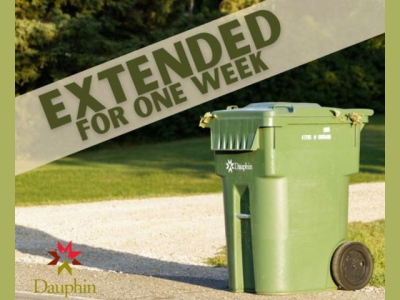The provincial government is committed to addressing the underlying issues related to poverty.
They released a new poverty reduction strategy this morning.
Families Minister Heather Stefanson says ‘Pathways to a Better Future’ renews the province’s commitment to address the underlying issues related to poverty and create better outcomes for more Manitobans.
“Our renewed strategy aims to break the cycle of poverty by giving Manitobans the resources they need to succeed and our primary goal is to reduce Manitoba’s child poverty rate by 25 per cent by 2025,” said Stefanson. “This plan is guided by Manitobans’ ideas and experiences, driven by outcomes and contains measurable goals and indicators we can use to track success.”
To measure progress in a transparent and accountable way, the strategy will focus on a new set of 13 indicators and the following six priority areas:
• investing in Manitoba’s future prosperity through supports to children and youth;
• working together to improve health outcomes and standard of living;
• promoting economic inclusion through employment, education and training;
• facilitating partnerships and supporting community-based organizations;
• strengthening client-centred service delivery; and
• making positive change through social innovation.
Released last week, Statistics Canada’s 2017 Canadian Income Survey shows a 20 per cent improvement in Manitoba’s child poverty rate and a seven per cent improvement to Manitoba’s overall poverty rate to 2017 from 2016. Manitoba now ranks second lowest among the provinces in poverty.
The Poverty Reduction Strategy Act requires the province to implement a poverty reduction and social inclusion strategy, review and update it every five years, and develop indicators to measure success.
The Pathways to a Better Future report is available at www.manitoba.ca/povertyreduction.







